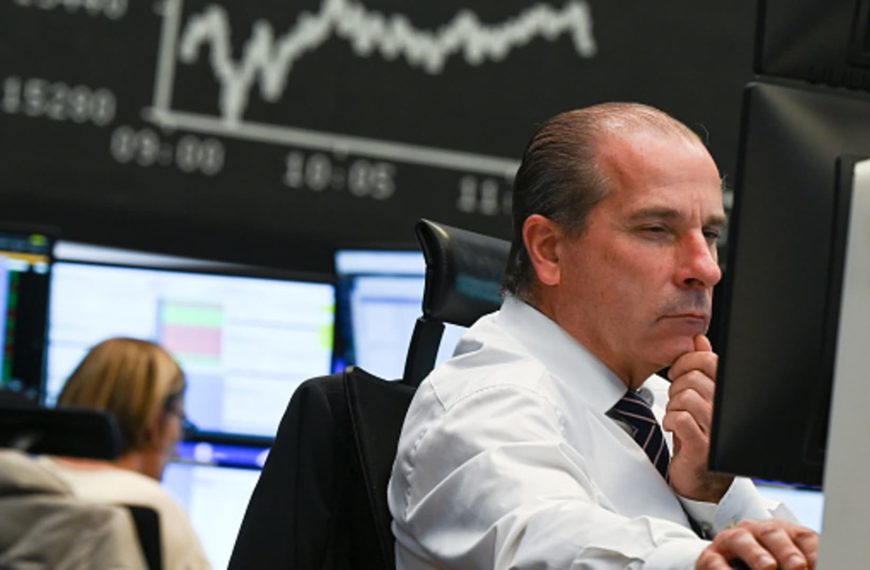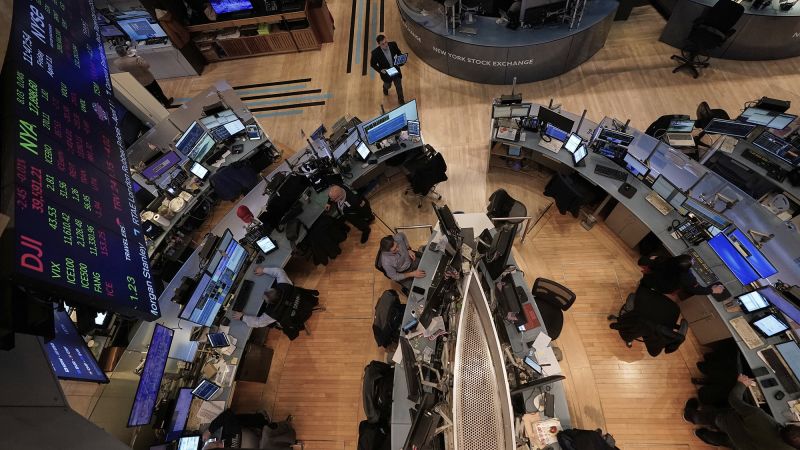Asian financial markets experienced a significant downturn on Wednesday, while U.S. stock futures also faced a steep decline, following the implementation of President Donald Trump’s unprecedented "reciprocal" tariffs. This bold move has disrupted global trade, raising concerns about its potential repercussions on economies worldwide.
Tariff Impact on Global Markets
The tariffs, marking the largest introduced by the U.S. in a century, impose hefty import taxes—some reaching as high as 50%—on a wide range of countries. This has sparked widespread anxiety among investors, who fear that these tariffs could trigger a recession in both the global and U.S. economies this year. Consequently, businesses and consumers are likely to bear the brunt of these costs, leading to reduced hiring and a decline in consumer spending.
- Japan’s Nikkei index plummeted 4%.
- Hong Kong’s Hang Seng fell 1.5%, recovering slightly after an alarming 13% drop earlier in the week, the largest since the 1997 Asian financial crisis.
- South Korea’s Kospi index entered bear market territory, down 20% from its recent peak, as the government announced $1.3 billion in emergency support for its auto sector in response to the tariffs.
Despite the overall bearish sentiment, the Shanghai stock market managed to post modest gains, standing out amidst the widespread declines.
U.S. Market Reactions
U.S. stock futures suffered a significant setback following a volatile Tuesday, which initially showed signs of recovery. However, White House Press Secretary Karoline Leavitt stated that China failed to meet its deadline to reduce a 34% retaliatory tariff on American goods, prompting the Trump administration to nearly double tariffs on Chinese imports.
- All Chinese products entering the U.S. are now subject to a minimum 104% tariff.
- Other nations, although spared from the reciprocal tariffs, still face a universal 10% tariff imposed earlier by the administration.
This announcement caused a drastic shift in market sentiment, leading to a sharp drop in stock prices.
- Dow futures fell by 750 points, or 2%.
- S&P 500 futures dropped 2.2%.
- Nasdaq futures were down 2.5%.
Economic Reflections
The S&P 500 was poised to open in bear market territory, reflecting a staggering 20% decline from its all-time high just seven weeks prior, on February 19. If the market closes in this zone, it would mark the end of a bullish run that began after the inflation crisis peaked in mid-October 2022. This rapid descent into a bear market ranks as the second quickest in the S&P 500’s seven-decade history, surpassed only by the onset of the Covid pandemic.
Additionally, U.S. oil prices fell sharply, dipping over 4% below $57 a barrel—the lowest since February 2021. The benchmark Brent crude also declined to just under $60 a barrel, as fears of a global recession began to dampen demand for fuel across various sectors, including travel and shipping.
Shifting Investment Strategies
In light of these market fluctuations, investors have increasingly turned to safe-haven assets, with gold prices climbing over 1%, nearing their all-time highs. Interestingly, U.S. Treasury yields have seen an uptick in recent days, despite typical investor behavior during crises, which usually favors long-term bonds. The 10-year yield, which had dipped below 4%, has now surged back above 4.3%, indicating a complex and volatile investment landscape.
In summary, the recent implementation of massive tariffs by the Trump administration has sent shockwaves through both Asian and U.S. markets, leading to fears of economic slowdown and prompting shifts in investment strategies. As the situation unfolds, investors and analysts alike will be closely monitoring the effects of these tariffs on the global economy.











